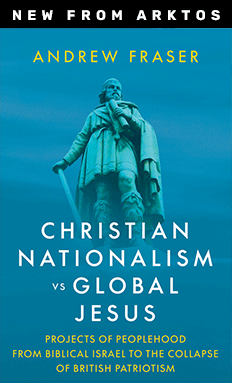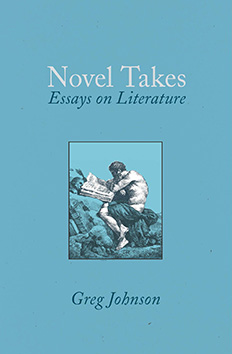The Devil’s Punchbowl: Debunking the Social Media Myth of a Civil War Massacre
Marquise Francis, Yahoo, June 17, 2023
There’s a harrowing story about African Americans fleeing to the newly liberated city of Natchez, Miss., in 1863. These formerly enslaved people, the narrative goes, expected that the Union soldiers occupying Natchez would welcome and protect them.
Instead, the Union forces put them into a concentration camp. Some 20,000 perished. The story has a name: “The Devil’s Punchbowl,” referring to an imposing pit along the Mississippi River where the refugees were supposedly walled in and left to die.
It’s a story that pops up regularly on social media. But the truth is far more complicated.
“Most of the information that is being promoted out there simply is not true,” Roscoe Barnes, a local historian, told Yahoo News. {snip}
“Yes, there were people that died, but there were Blacks and whites who died because of an epidemic. It was nothing like a concentration camp,” he said. “There were a lot of people that suffered because of the conditions. But nobody was being tortured or punished because of their race.”
{snip}
What’s not up for debate, according to Barnes, is the fact that thousands of newly freed African Americans from the South traveled north, seeking out Union soldiers at the end of the Civil War in search of refuge and protection from Confederate forces.
Mimi Miller, the executive director emerita at the Historic Natchez Foundation, told Yahoo News that thousands of these African Americans chose to go to Natchez because it was the largest city in Mississippi at the time and an important river port.
It was also, crucially, controlled by Union forces, while most of the state remained in Confederate hands.
The war was still raging in 1863, even as the Union effectively took control of the Mississippi River that July. Thousands of formerly enslaved people streamed into Natchez and other towns and cities now freed from Confederate rule, creating further complications for the occupying Northern troops.
“Natchez had a huge influx of self-emancipated enslaved persons, and the Union was not equipped to handle that, so they established refugee camps,” Ser Seshsh Ab Heter-Clifford M. Boxley, an activist and Natchez scholar, told the Natchez Democrat last summer.
Boxley, a leading authority on the Devil’s Punchbowl, says many did die in the crowded camps. {snip}
But, he says, the deaths weren’t unique to African Americans. Union soldiers and white residents of the town also died during this time, albeit in smaller numbers.
{snip}
In 2014, WJTV, a news station in Jackson, Miss., aired a segment about the Devil’s Punchbowl that helped fuel the idea that Union forces had built a concentration camp in Natchez. Although a post about the report remains on the station’s Facebook page, the report itself has since been deleted and gained a new life on social media. Now it continues to spread misinformation about what happened in Natchez.
The segment features two Mississippi residents promoting the myth: a “paranormal researcher” named Paula Westbrook and Don Estes, a former director of the Natchez city cemetery.
“They were begging to get out: ‘Turn me loose, and I’ll go home back to the plantation!’” Estes says in the segment.
{snip}
Emmitt Y. Riley, a Mississippi native and an associate professor of political science and Africana studies at DePauw University, says one reason that Civil War myths like the Devil’s Punchbowl live on is “the Eurocentric nature of our education system,” which he said has undervalued and twisted Black history.
Given the horrific treatment of African Americans, Riley argues, it makes sense that people would believe that the Devil’s Punchbowl was a real event.
“What slavery, Jim Crow and anti-Blackness has really meant across time — it was primarily predicated on torture, on fear, on marginalization, on dehumanization,” Riley said. “And so, for Black people who grew up in this particular environment, who witnessed lynchings, who witnessed the degradation of Black bodies on a daily basis, these are the stories that were handed down to their children.”
{snip}















